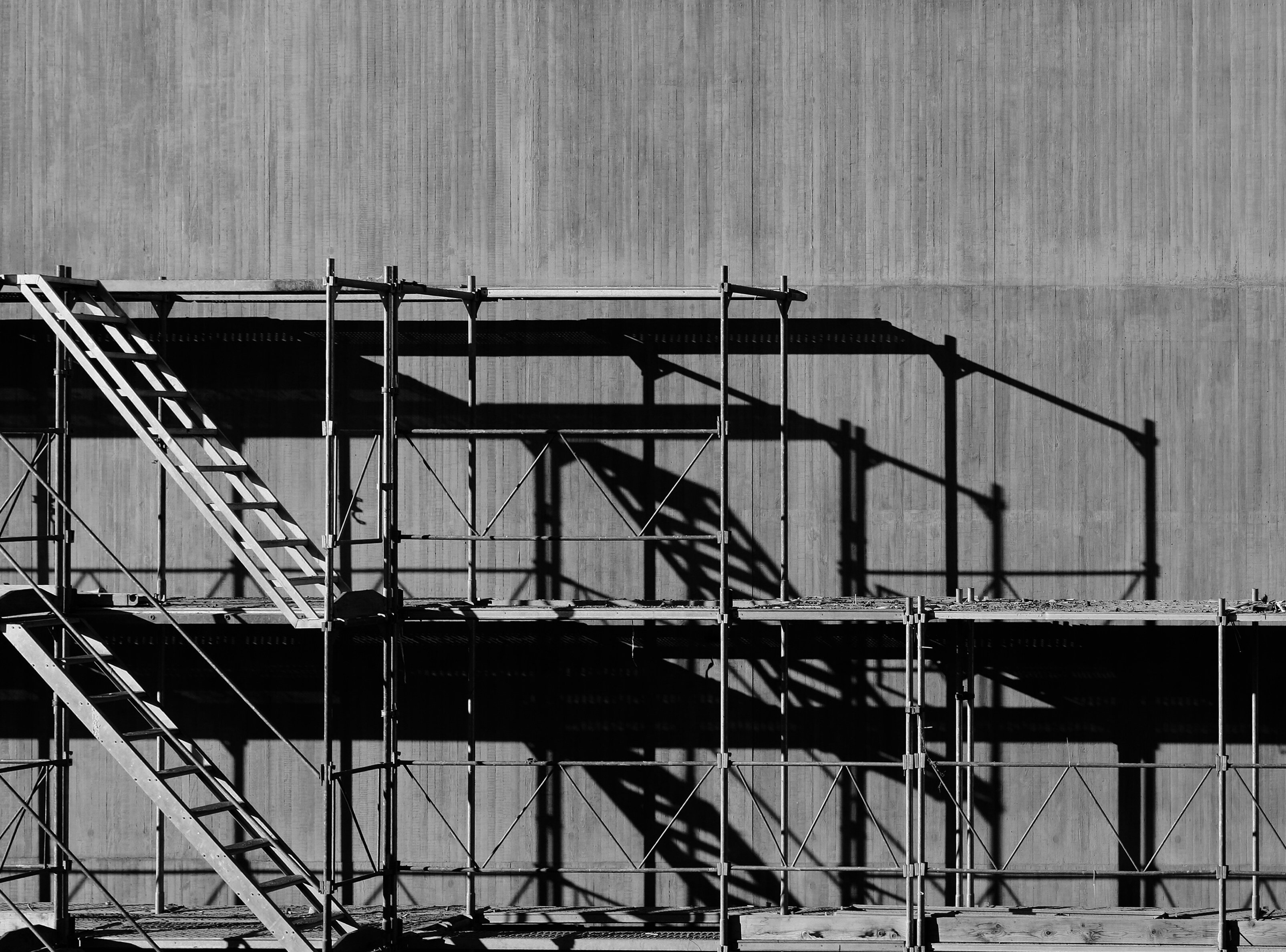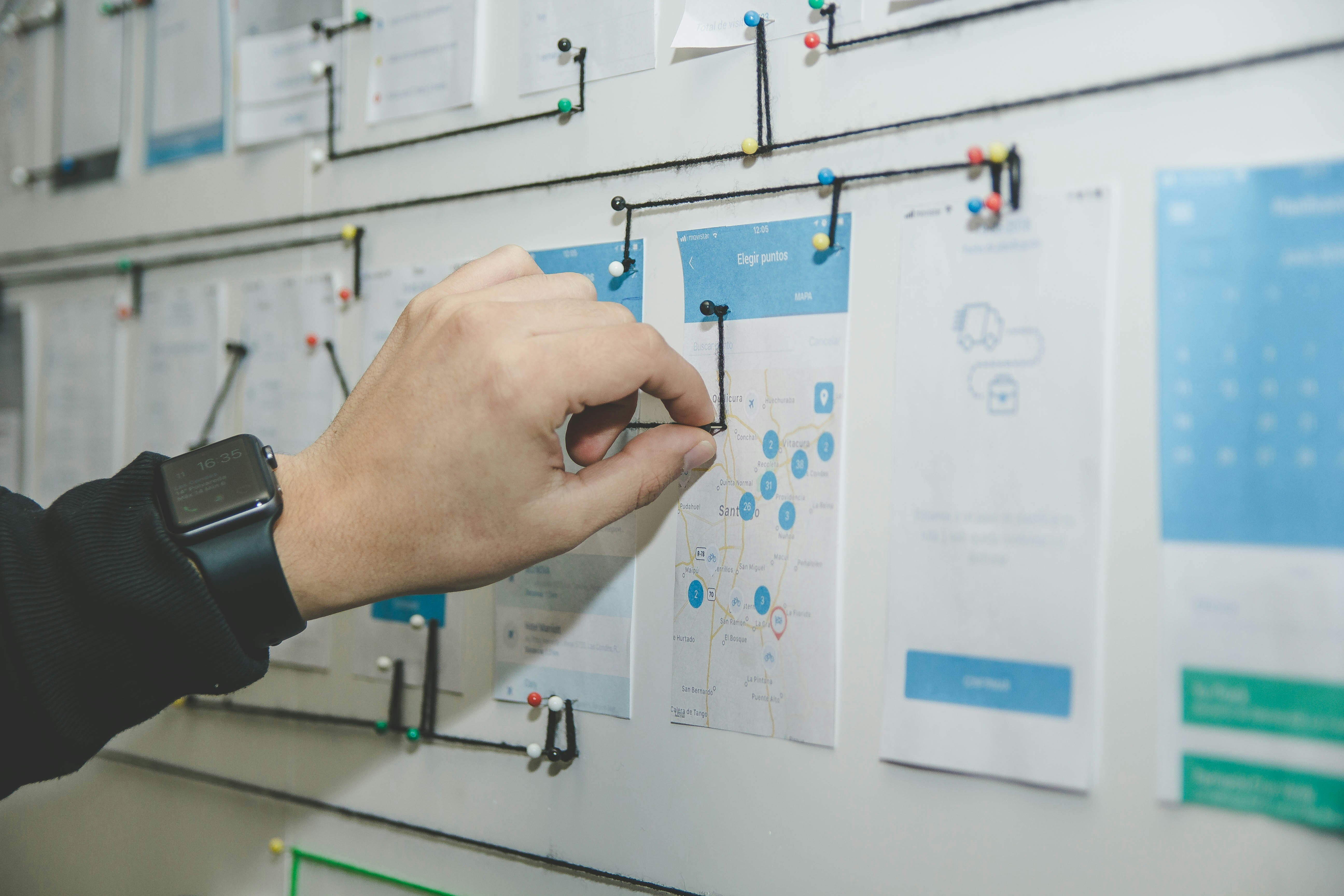How to Build a Scalable SaaS Architecture: A Startup’s Blueprint for Growth
For SaaS products, designing with future growth in mind is key. A scalable architecture ensures that a platform can accommodate new users, expanding...
5 min read
Written by Keith Shields, Feb 20, 2025

User retention is the foundation of SaaS success. If you’re having trouble keeping existing users, it may be time to consider a strategic product redesign—not just a cosmetic facelift, but a refocused experience that eliminates friction and maximizes usability.
Even great SaaS products see customers churn. But, relying solely on user acquisition is an unsustainable growth strategy. Acquiring a new customer can cost 5 to 7 times more than retaining an existing customer. On the other hand, loyal users provide higher lifetime value (LTV) and act as advocates, driving referrals and boosting adoption.
Redesigning your SaaS product can transform it into something users can’t live without. This article will walk you through why redesigning improves retention, how to approach it strategically, and the step-by-step process to execute it effectively.
A SaaS product redesign is a comprehensive update of a product’s user interface (UI), user experience (UX), and functionality. This process is strategic; improvements are intended to improve key performance indicators (KPIs) such as user satisfaction and retention.
Unlike small iterative updates, a redesign takes a holistic approach, tackling core issues like usability or other user needs.
A redesign helps companies remain relevant, meet user needs, and stay current with SaaS trends and design conventions.
Learn More: 10 UI Design Principles for Business Success in Mobile Apps
A product redesign can help boost user retention. Here’s how this systematic overhaul process yields such great results.
Today’s users expect to be able to find what they’re looking for quickly. Updating your product with a modern design and intuitive interface reduces frustration and keeps users returning for more.
The redesign process offers a fresh look at your user experience. By identifying areas for usability improvements, you can simplify your workflows and reduce the learning curve new users face when they start using your product.
While small, iterative changes have their place, a full redesign resolves user-reported issues and eliminates friction points systemically. Being responsive to user input helps build loyalty.
Redesigning encourages users to explore features and fully adopt the product. Engaged users are more likely to stick around and spread the word about your tool to others.
When users feel heard (because their pain points are addressed), they are more likely to remain loyal and recommend your SaaS product.
Whether your product serves the manufacturing industry, the medical field or several different industries, you’ll follow the same straightforward process to redesign your SaaS product. Apply these seven steps to boost user retention.
Any changes you make to your app should be deeply rooted in user feedback. Surveys, interviews, and feedback platforms like Hotjar or Mixpanel are all great ways to gather input and identify key pain points. If you don’t have feedback loops in place already, consider establishing them so you never have a shortage of user feedback to analyze and apply.
Not all suggestions and feedback will be equally helpful to address user retention. Analyze churn metrics and other behavioral data to clarify exactly where users drop off in the user journey.
Learn more: How to Measure App Performance to Iterate Effectively
Goal definition is one of the most important parts of the redesign process. Better user retention should be one of your key metrics for measuring success. Also, identify any other business metrics you want to target. For example, average session length or conversion rate might also be areas you’d like to address. Whatever the case, align your redesign goals with business objectives and user needs.
Next, take stock of your starting point. Where is your current product strong? Where could it be improved? A UX/UI audit is a great way to identify usability issues and highlight any workflow issues that could be improved. As part of this process, be sure to review navigation, user flow, and feature discoverability. Something as simple as a better menu hierarchy or UI design can help users more readily explore the full breadth of your product’s features.
Learn more: The Hidden Costs of Bad SaaS Design
The most effective product redesign projects balance quick wins with long-term improvements. Recognize that not every possible improvement can or should be incorporated immediately. Use frameworks like the Impact vs. Effort Matrix to decide which updates to implement first and which to save for later. Prioritization will help ensure your redesign offers great value and impact toward the goals you identified in Step 2.
For SaaS success, the importance of user feedback cannot be overstated. Instead of launching a redesign with a big reveal, seek opportunities to gather user feedback along the way. Interactive prototypes offer an excellent way to gather user feedback before the full implementation. Test your redesigned product with real users to validate your changes and adjust wherever needed. This agile approach keeps your product closely aligned to user needs and de-risks the entire project.
After you transition from a prototype to a functional product, start with a beta version to gather even more user feedback. By limiting your release to a small group of users, you’ll have an opportunity to make any last-minute changes to your redesign without hurting your brand reputation or experience.
Once you’ve validated your SaaS redesign, gradually roll it out to users. This incremental go-live approach avoids overwhelming users and makes the transition to the updated product as seamless and issue-free as possible. It also gives your team time to debug any components in an isolated way, if needed.
As part of your launch process, be sure to announce your redesign. As with your product, keep your messaging user-centric. Your messaging should clearly articulate why you pursued the changes and how the updates will benefit users.
Offer guides and tutorials to help users adjust to the new interface. Overlooking this step will undermine the effectiveness of your product redesign and frustrate users. Make it easy for your users to adapt to your new and improved product.
Maximize your chances of a successful SaaS redesign by avoiding these common mistakes.
Your compass, so to speak, for your redesign should always be the users. Redesigns that neglect user feedback and instead use internal assumptions as a guide, risk alienating users and missing the mark.
Avoid the common misconception that a successful redesign means more features. Adding bells and whistles without a clear reason will inhibit a successful design. Remember that unnecessary features muddy the user experience and make navigation more complex.
Always double-check your work. Launching without validating your changes leads to unexpected issues. Usability, beta, and performance testing all help to ensure your redesign will land on target and meet your intended objectives.
Even a well-executed redesign won’t have the impact it should if you skip the communication part. Surprising users with major changes can stir up confusion and frustration. A poor communication strategy can undermine the entire purpose of your redesign—user retention. Don’t ignore this critical final step!
Once you’ve completed your product redesign, that’s when it’s time to ask: “How successful was this effort?” Use these KPIs to measure and report the success of your project.
Redesigning your SaaS products does more than freshen up the look of your app; it offers real user retention benefits, improving user experience and keeping your product closely aligned with what users want and need. Instead of waiting for churn to escalate, take a proactive approach. Follow our streamlined redesign steps to improve your product and keep your users happy.
Designli offers expert guidance to improve your product through a user-first lens. Schedule a free consultation to connect with our team and learn more about our development approach.
You Might Also Like:
Subscribe to our newsletter.

For SaaS products, designing with future growth in mind is key. A scalable architecture ensures that a platform can accommodate new users, expanding...

If a picture is worth a thousand words, an interactive prototype is worth a million-dollar investment. These clickable mockups bridge the gap between...

Nir Eyal knows a little something about how successful products draw in users and keep them coming back for more. He’s the author behind the...
Post
Share